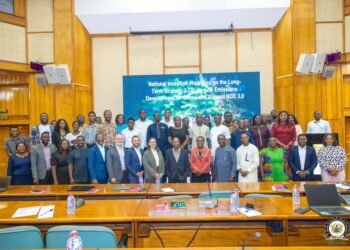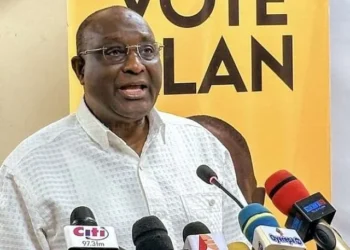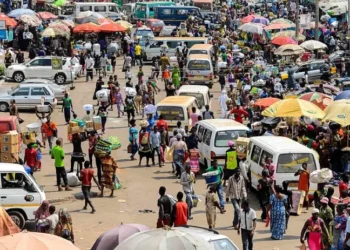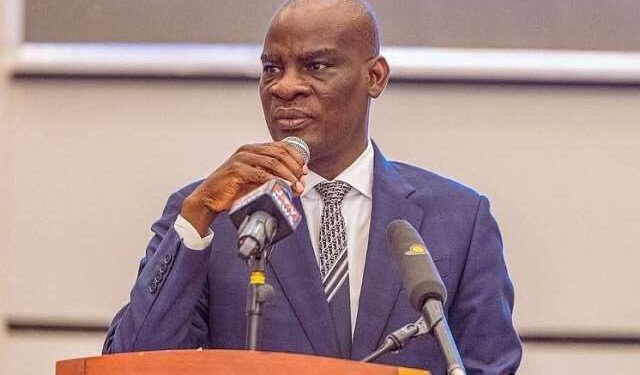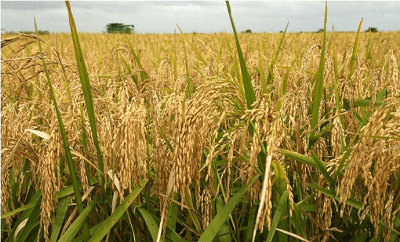The Government of Ghana has commenced efforts to renegotiate existing gas contract with the Nigeria Gas Company (N-Gas), the supplier of gas in the West African Gas Pipeline (WAGP) in order to lessen the take-or-pay burden, according to the Minister of Finance, Ken Ofori-Atta.
Legacy debts within the energy sector have been on the high-side, owing to the numerous expensive take-or-pay agreements for the supply of gas to cushion existing supply capacities. Currently, energy sector debts are estimated at $2.8 billion in 2020 with risks of growing to $12.5 billion by 2023, given the status quo.
In 2015, Ghana owed N-Gas a whopping $170 million, for which the debt repayment has dragged for years. An outstanding debt of $42 million of the total was finally paid up in July, 2021.
Ultimately, the renegotiation of the existing gas contract is aimed at suppressing the volumes of natural gas supplied from the WAGP, which comes at a cheaper cost to Ghana than the same volumes sold in Nigeria.
Anticipating this move, the Oxford Institute for Energy Studies noted that lower volumes would probably come at a higher price, since, “the current price netted back to the wellhead, is thought to be well below the price that the gas could be sold for in Nigeria. Lower volumes, therefore, might see another $1 or so added to the delivered gas price.”
The existing contract volume of gas supplied from N-Gas is 123,212 MMBtu/d, with a take-or-pay level of 75%, but supplied volumes have been well below contracted quantities. In the first 6 months of 2021, Nigerian imports have been running at around 60,000 MMBtu/d.
Reducing N-Gas supply to create space for Tema LNG supply
Meanwhile, by reviewing the volume of gas supplied downwards, this would create space for the supply of Liquefied Natural Gas (LNG) to power in the energy mix. The Tema LNG Project is expected to be commissioned by end of 2021. The terminal will have the capacity to receive, regasify, and deliver up to 400 MMscfd.
This notwithstanding, there have been issues raised with the Tema LNG project including: non-availability of sales contracts with Independent Power Producers (IPPs) either locally or in the sub-region; the cost of the LNG is another concern, as Tema-based industries, which are considered as primary users of the LNG currently use residual fuel oil (RFO), which is at least 35% cheaper than LNG.
Since the Tema LNG project also operates on a take-or-pay basis, without a ready market to purchase supplies, this would compound existing legacy debts to unsustainable levels.
This notwithstanding, other existing gas sources from the country’s three oil fields- Jubilee, TEN and Sankofa oil fields amounted to 77,196.45 MMscf for power generation and nonpower gas users for the first nine months of the year.
Of this amount, 48,143.47 MMScf was from SGN Field, 26,548.81 MMScf from Greater Jubilee Field and 2,504.17 MMScf from TEN Field.
According to the 2022 budget, GNPC transported a total of 26,548.81 MMscf of gas from the Jubilee field to the Ghana National Gas Company Atuabo Gas Processing Plant for power generation. An additional 48,143.47 MMScf of gas was transported from the SGN Field to power producers via the Onshore Receiving Facility (ORF) for power generation as well.
To reduce Ghana’s over reliance on the WAGP, the ongoing renegotiation is in the right direction, but in doing so, the government must not unintentionally switch the growing take-or-pay burden by replacing with another that will compound these same sector challenges.
READ ALSO: Ghana’s Debt Rises by GHS5.9 Billion in Two Months, Hits 77.8% of GDP




